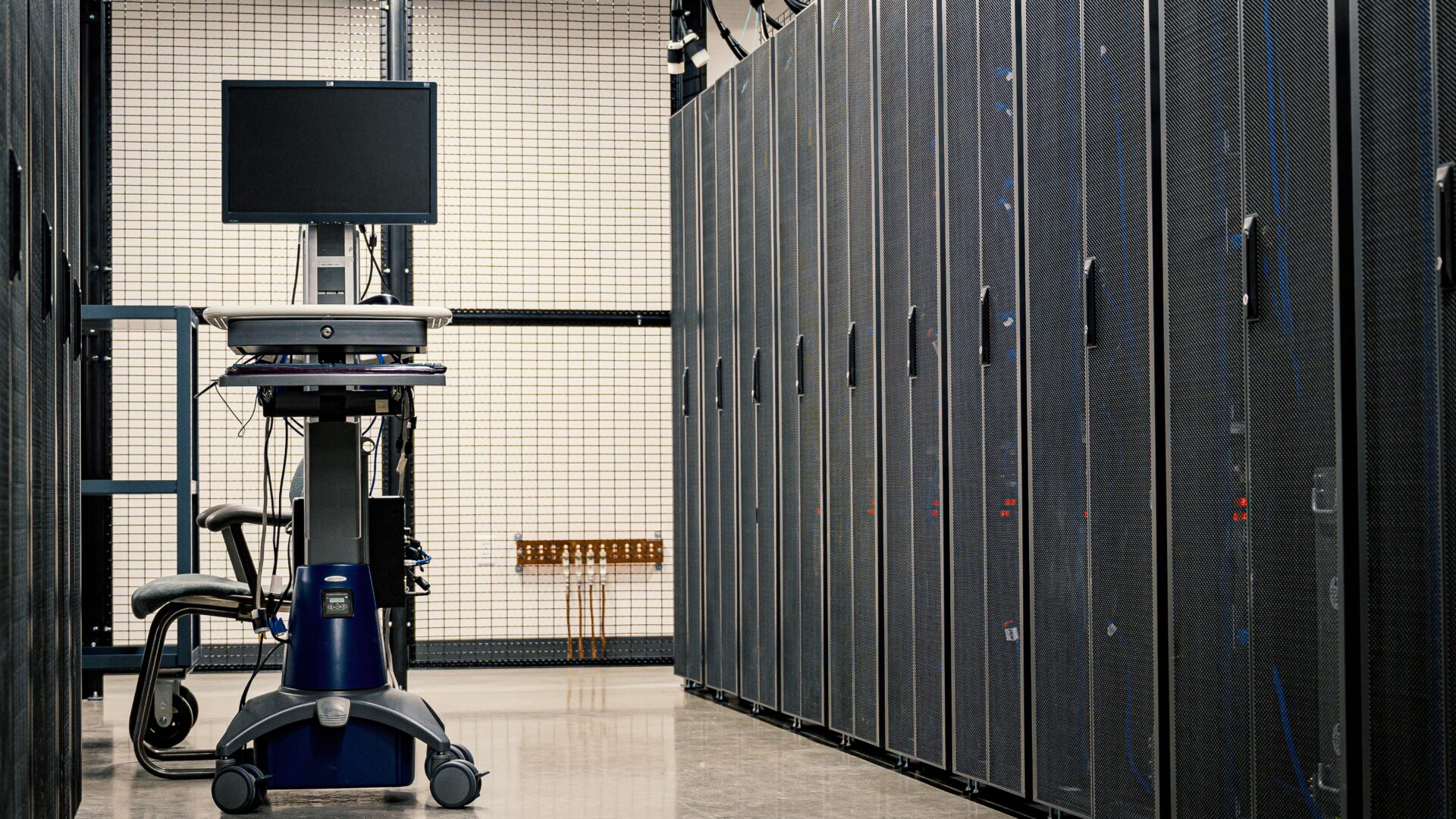So, we’re back with the third blog post of our eye-opening series about companies saying goodbye to the cloud and seeing big savings. Today, we spotlight 37signals, who’s on track to pocket a cool $7 million by waving the cloud goodbye!
If you haven’t read our previous case studies yet, discover how Ahrefs saved an incredible $400 million in the first post of our series, and learn about Dropbox’s strategic shift that significantly reduced their cloud dependence in the second one.
37signals’ founder, David Heinemeier Hansson (aka DHH), recently announced that the company was leaving cloud services behind. This unexpected move has caused quite a stir, prompting many to question why 37signals is making this change and what financial benefits they anticipate.
Let’s now explore the motivations driving their decision and shed light on how they implemented it – resulting in financial gains and operational efficiencies.
The Background of The Move
37signals, known for Basecamp and HEY, has long experimented with cloud solutions, utilizing Amazon’s and Google’s platforms for various applications. However, the complexity and costs associated with significant cloud-based operations led them to reassess their strategy.
Evaluating Costs: The Renting vs. Owning Dilemma
Drawing a parallel to construction companies renting versus owning excavators, 37signals recognized the financial inefficiency of long-term renting – public cloud usage – in their case. Realizing that owning infrastructure could be more cost-effective was a game-changer in their cloud strategy.
Custom Infrastructure: The Shift to Private Cloud
Basecamp was already on bare metal servers, balancing user demand effectively, while HEY, though built on AWS, avoided reliance on AWS-exclusive features. This foresight simplified their migration path. Partnering with a colocation data center service provider, 37signals developed a private cloud for consistent needs, supplementing with public clouds for variable demands.
Stable User Load: Navigating Predictability and Surprises
One of the 37signals’ pivotal learnings came from launching HEY when an unexpected influx of 300,000 users within three weeks defied their six-month forecast of 30,000. Such unpredictability is where the cloud shines, providing resources when it’s unclear how many servers you need.
However, with Basecamp and HEY in recent months, they experienced a stable user load, a consistency that underscored the benefits of private cloud infrastructure. This steady demand allowed for precise resource allocation, bypassing the fluctuating costs of public clouds and reinforcing their strategic shift to more controlled, cost-effective solutions.
These insights into 37signals’ history underscore their move as a well-considered strategy, setting the stage for an in-depth look at the reasons behind their cloud departure.
The Reasons for The Move
37signals’ decision to migrate from the cloud wasn’t made on a whim. It was a strategic choice driven by specific operational insights and financial realities. Here, we dissect five core reasons that shaped this significant move.
1. Limited Relevance of Cloud Benefits
The cloud serves two extremes well: nurturing nascent applications with low traffic and accommodating highly irregular loads. 37signals, particularly with Basecamp, didn’t fit these conditions. Their steady, predictable demand didn’t warrant the premium costs for cloud elasticity they scarcely needed, akin to overpriced earthquake insurance in a stable region.
2. Soaring Operational Costs
For HEY, their email service, 37signals, faced staggering annual costs, exceeding half a million dollars for just database and search services. This expenditure, especially considering the robust servers one could procure for the same budget, seemed disproportionate, given their usage patterns.
3. Desire for Operational Efficiency
Running their infrastructure doesn’t mean 37signals handles the bare metal; that’s the role of their colocation partner. This partnership, existing since their resilience test during a DDoS attack years ago, allows 37signals to focus on their core business. They leverage the partner’s expertise for daily operations and crisis moments.
4. Financial Prudence
In 2022 alone, 37signals’ cloud expenditure skyrocketed to over $3 million, a substantial cut for services not fully utilized. Their strategy pivots towards owning more of their infrastructure, significantly cutting these costs without compromising service quality or operational agility.
5. Vision for a Decentralized Internet
The current structure of the Internet, where only a few major companies handle huge sections, is far from the originally imagined decentralized web. This system’s fragility becomes painfully clear when a single AWS region crashes and causes an enormous part of the web to collapse. It’s a stark reminder that the ecosystem is still far from achieving DARPA’s dream of resilient, distributed networks.
What Are The Expected Results?
In his revealing blog post, DHH shared intriguing numbers regarding 37signals’ strategic move away from the cloud, highlighting expected operational and financial outcomes.
Significant Cost Savings
With an initial investment of $600,000 in state-of-the-art hardware and using existing colocation rack spaces, 37signals is eyeing a drastic cut in operational costs. They predict savings of approximately $7 million over the next five years, compared to the annual $2.3 million currently funneled into cloud services.
Enhanced Performance and Scalability
Their investment in top-tier tech, like AMD’s Zen4 chips and Gen 4 NVMe drives, means 37signals isn’t just aiming for cost-efficiency. They’re also set to experience heightened system performance and have ample room for low-cost expansion, thanks to the scalable capacity of their data centers.
Operational Consistency
The transition, ambitious as it is, doesn’t entail expanding its operations team. The company plans to maintain operational efficiency, ensuring uninterrupted service quality, management, and innovation throughout this significant shift.
Final Thoughts
37signals’ strategic shift underscores a vital consideration: medium-sized or larger SaaS companies with steady workloads should weigh the financial implications of perpetual cloud rentals against purchasing their servers. Failing to do so is a financial oversight.
Stay informed with TRG Data Centers for insights and updates on relevant industry shifts!







